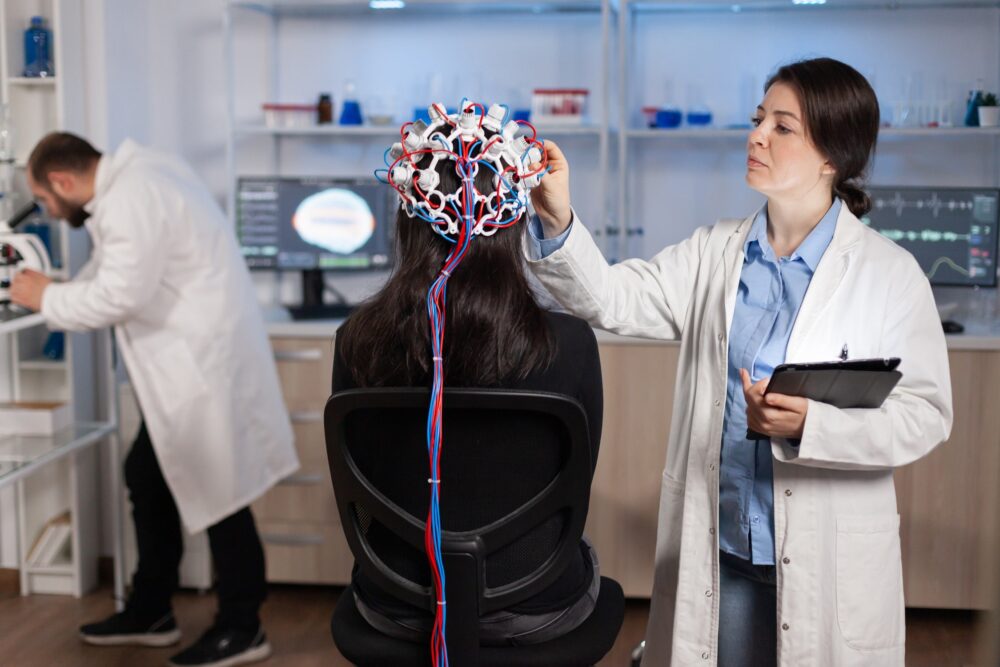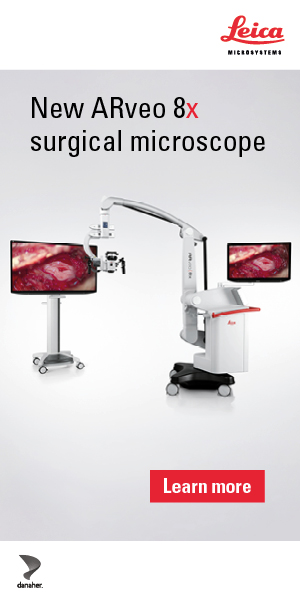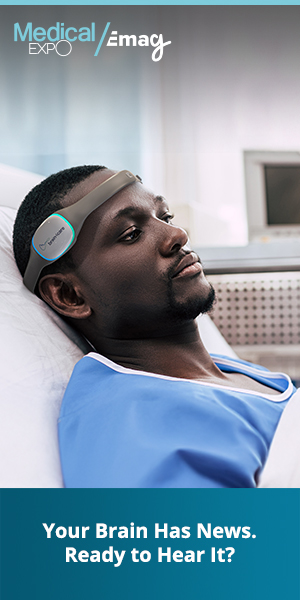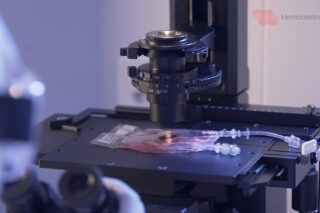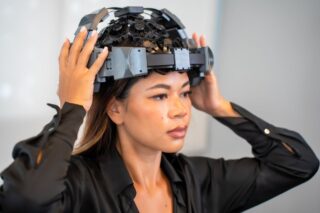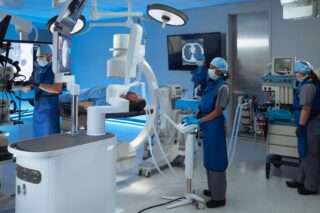In an interview with CEO Tetiana Aleksandrova and Scott Meek, PhD and Head of R&D at Subsense, we discuss the company’s current work in developing a first-of-its-kind, non-surgical nanoparticle-based brain-computer interface (BCI).
Brain-computer interfaces (BCIs) are gaining ground in both research and clinical medicine. Current approaches fall into two camps: invasive systems, such as deep brain stimulation for Parkinson’s disease and experimental electrode implants like Neuralink, which offer precision but require surgery; and non-invasive devices, often EEG-based, which are more accessible but limited in accuracy and clinical utility.
Subsense is working to bridge that divide. Led by CEO Tetiana Aleksandrova and Head of R&D Scott Meek, PhD, the company is developing a non-surgical, nanoparticle-based BCI designed to achieve invasive-level precision without the risks of open-brain procedures. Their platform aims to expand treatment options for neurological conditions including Parkinson’s, Alzheimer’s, epilepsy, and stroke, while paving the way for broader applications in brain health.
Understanding the Nanoparticle-based BCI Concept
Subsense is pursuing what CEO Tetiana Aleksandrova calls an “invasive but non-surgical” approach to brain-computer interfaces. Instead of implanting electrodes, the company uses nanoparticles that can enter the brain intranasally or across the blood–brain barrier and then be guided to specific regions using magnetic fields.
“We are trying to achieve the same accuracy as invasive brain-computer interfaces, but without surgery,” Aleksandrova explained. “That opens the door to a much wider audience—not just patients, but eventually healthy individuals as well.”
Once in place, the particles can both detect neural activity and deliver targeted stimulation. Their chemistry can be tuned to associate with specific cell types, remain stable for long periods, or degrade when no longer needed. Scott Meek, PhD, Subsense’s Head of R&D, noted:
“One of the great things about nanoparticles is that we can design them for stability or for controlled degradation, depending on the application. That gives us flexibility that traditional hardware implants simply don’t have.”
The company’s initial focus is on conditions such as Parkinson’s, Alzheimer’s, and epilepsy, where deep brain stimulation has shown benefit but remains underused because of surgical risk. Early preclinical work suggests the technology can reach neural depths sufficient for most clinical targets. By combining precision and reversibility in a non-surgical system, Subsense aims to establish a new category of BCI—minimally invasive, adaptable, and scalable.
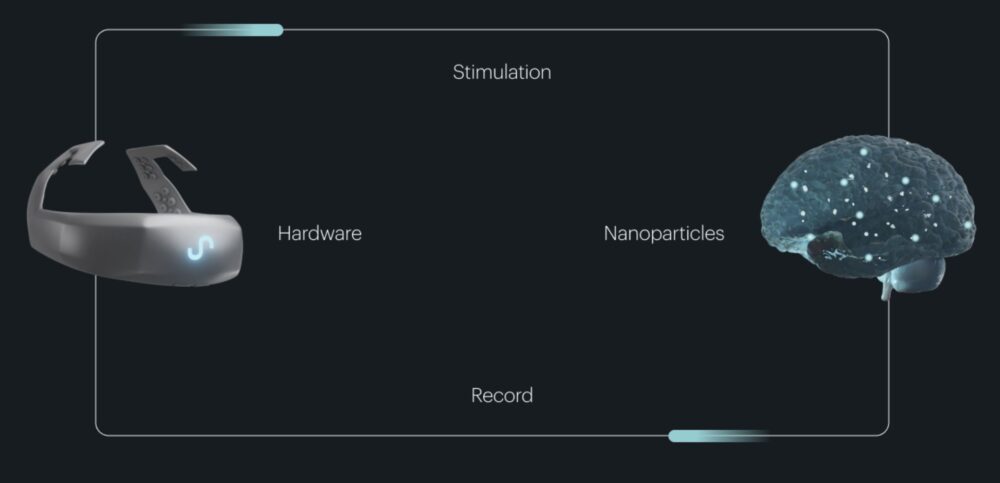
PODCAST: DeviceTalks published a discussion on whether or not Subsense’s Nanoparticles could be a small step for BCI.
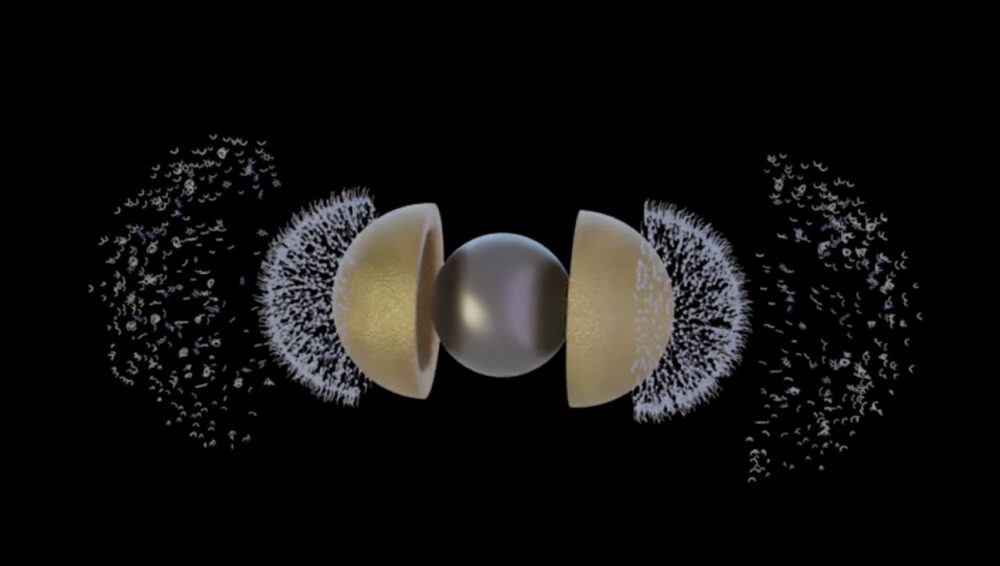
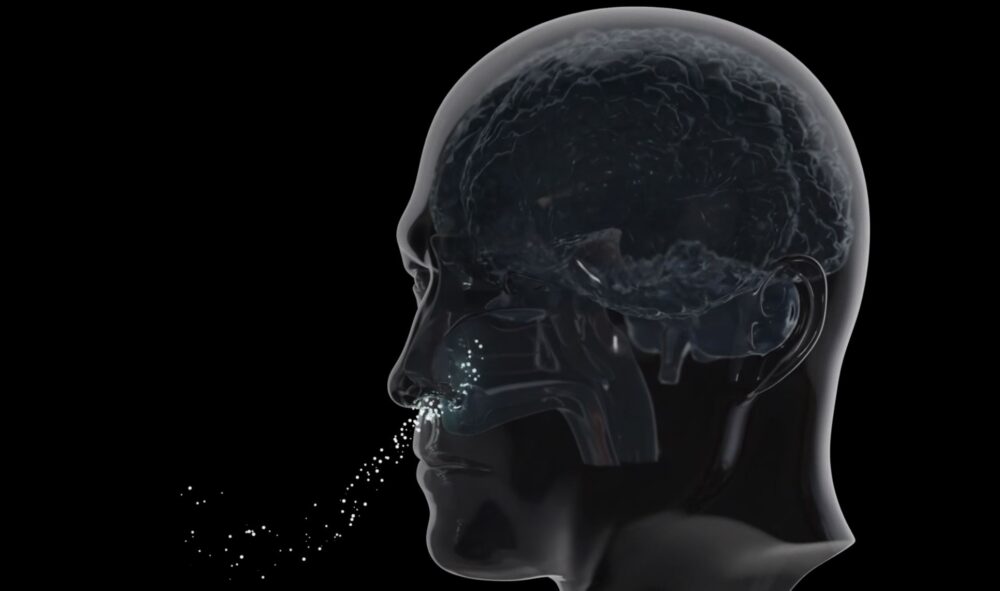

Sidebar: What Are Nanoparticles in Brain Health?
Nanoparticles are engineered materials measured in billionths of a meter — small enough to cross biological barriers and interact with cells at a molecular level. In brain health applications, they can be designed to:
- Enter the brain non-surgically: Delivered intranasally through the olfactory nerve or across the blood–brain barrier.
- Target specific cells: Surface chemistry can be tuned so particles associate with neurons or particular regions of the brain.
- Record and stimulate activity: Particles can be engineered to detect neural signals or deliver controlled stimulation.
- Degrade or remain stable: Depending on the application, they can dissolve after a set time or remain in place long-term.
This flexibility makes nanoparticles an attractive alternative to surgical implants, offering precision without invasive procedures. Subsense’s innovation lies in combining these properties into a platform that could serve both clinical therapies and future brain–AI applications.
AI & Wearables
For Subsense, advances in artificial intelligence and wearable sensors are key to understanding the brain over time. Continuous monitoring of cognition, sleep, and stress could reveal patterns missed by periodic clinical testing. Scott Meek, PhD, emphasized the importance of this shift:
“We live in an amazing era of data science and AI. But without continuous monitoring, we don’t know what’s happening day to day. As we build that longitudinal data, I believe we’ll uncover biomarkers that could finally change the way we treat diseases like Alzheimer’s.”
While AI-driven neuro-monitoring excites many in the field, Aleksandrova brings a note of caution. Having worked on consumer EEG devices earlier in her career, she saw firsthand the limits of non-invasive wearables.
“The data we had was often unclear—we could only assume what was happening in the brain,” she explained. “AI has improved things significantly in the last five years, but I still think we need to be careful about relying on it alone.”
Subsense sees its own nanoparticle platform as complementary to AI and wearable technologies. Continuous external monitoring may provide a broad picture of brain health, while the company’s BCI offers targeted access to specific neural circuits. Together, these tools could support a more integrated approach to diagnosing, tracking, and treating neurological disease.
The Future of Brain Health
Subsense is building its nanoparticle interface not as a single device but as a flexible platform. The company’s near-term goal is to demonstrate proof-of-concept in animal models, showing that nanoparticles can record and stimulate brain activity while alleviating symptoms of diseases such as Parkinson’s or epilepsy.
“By the end of next year, we hope to show in mice that we can both read and stimulate neural signals and even address one of the symptoms of a neurodegenerative disease,” Aleksandrova said.
If successful, those studies will guide the company into human applications within a few years. Subsense anticipates its first medical use cases could emerge in three to five years, with Parkinson’s and Alzheimer’s as initial targets.
“Right now, deep brain stimulation helps many Parkinson’s patients, but it requires surgery,” Meek explained. “If we can deliver a non-surgical version of that therapy, we open the door to a much larger patient population who could benefit.”
Beyond these initial conditions, both leaders envision a broader role for bioelectronic medicine. Meek highlighted opportunities in areas such as vagus nerve stimulation for autoimmune disease, while Aleksandrova noted that long-term applications may include enhancing cognition in healthy individuals. Together, they see their work as part of a larger shift in neurotechnology: moving beyond pharmaceuticals to targeted, adaptable interventions that can reshape how brain health is managed in the clinic and at home.
